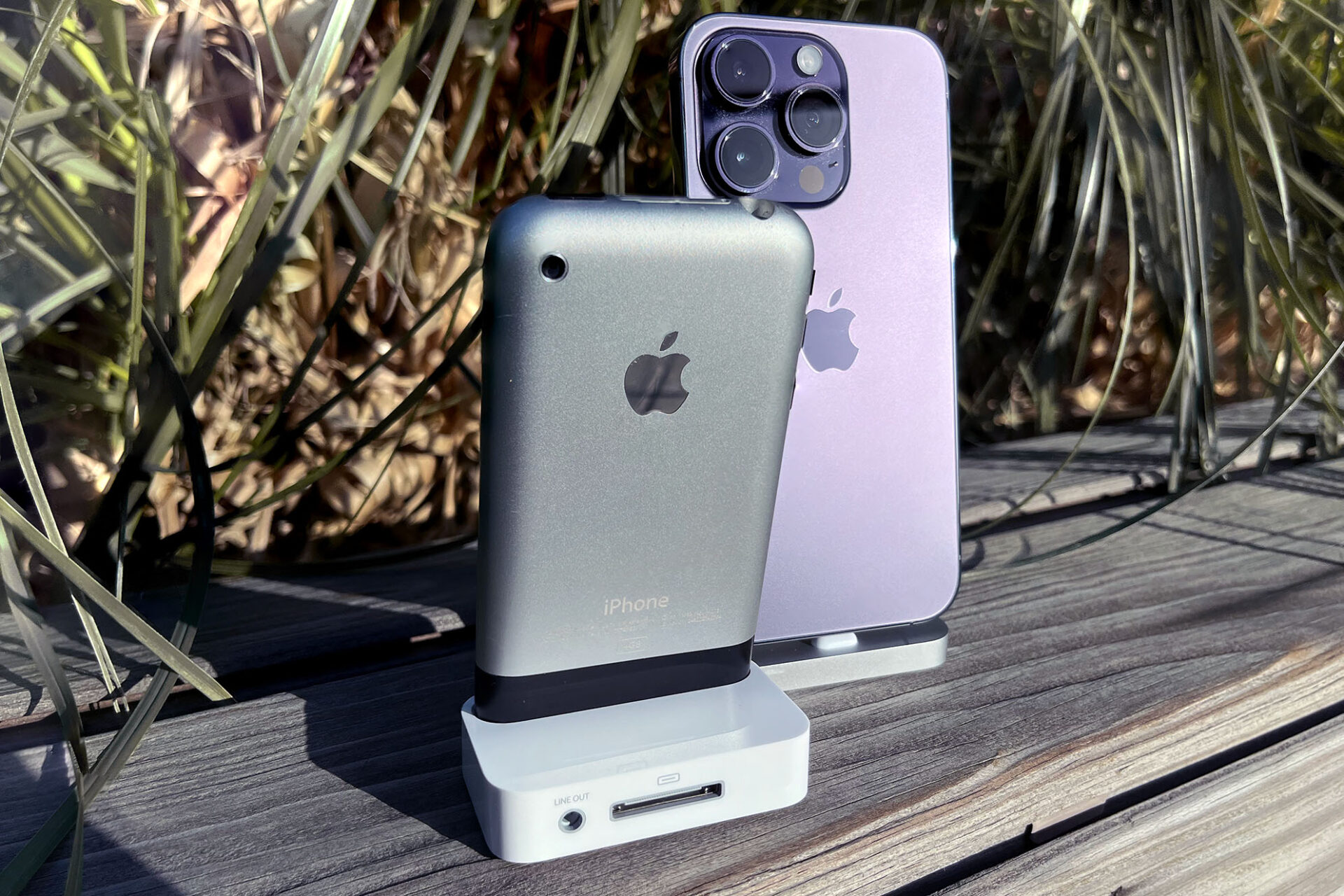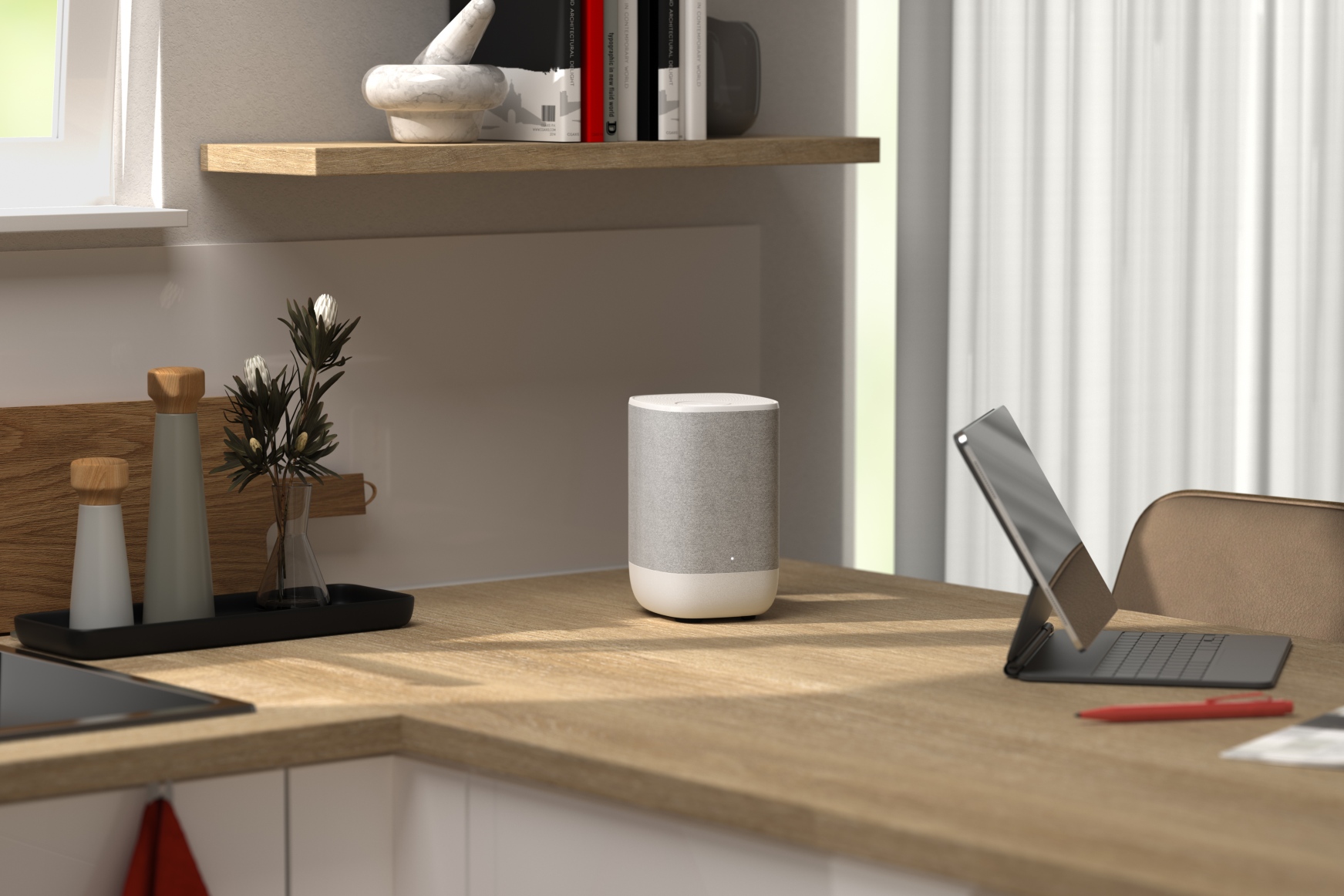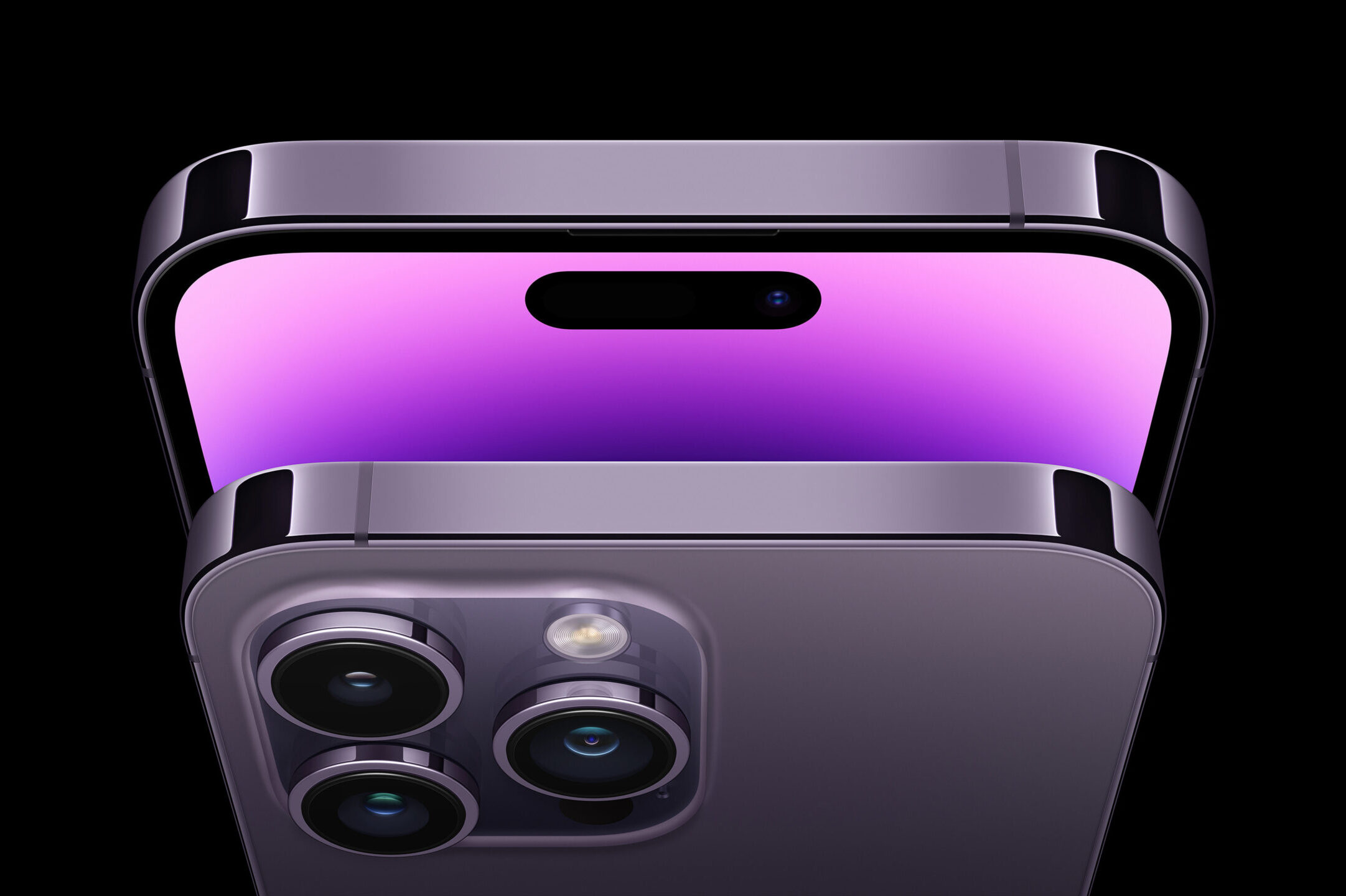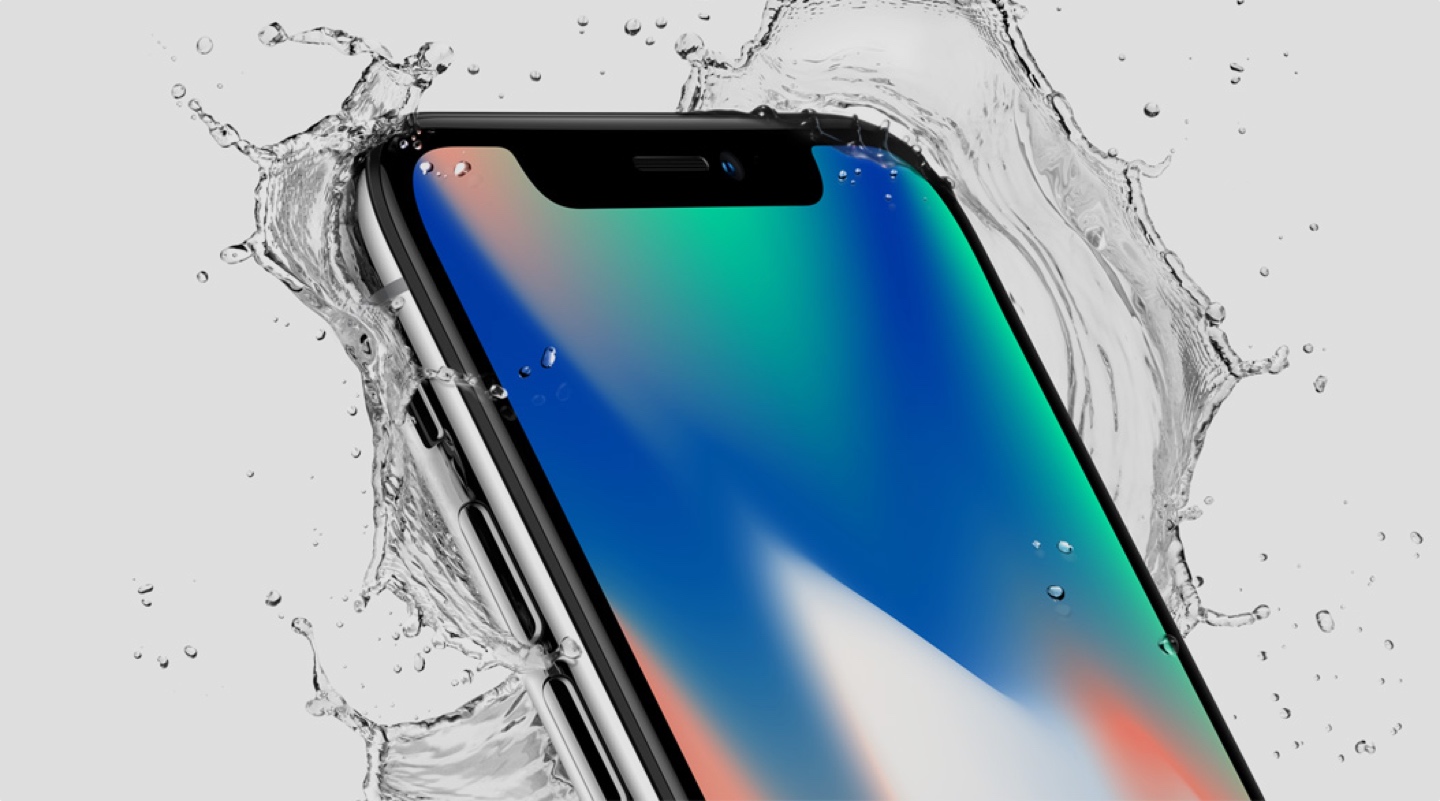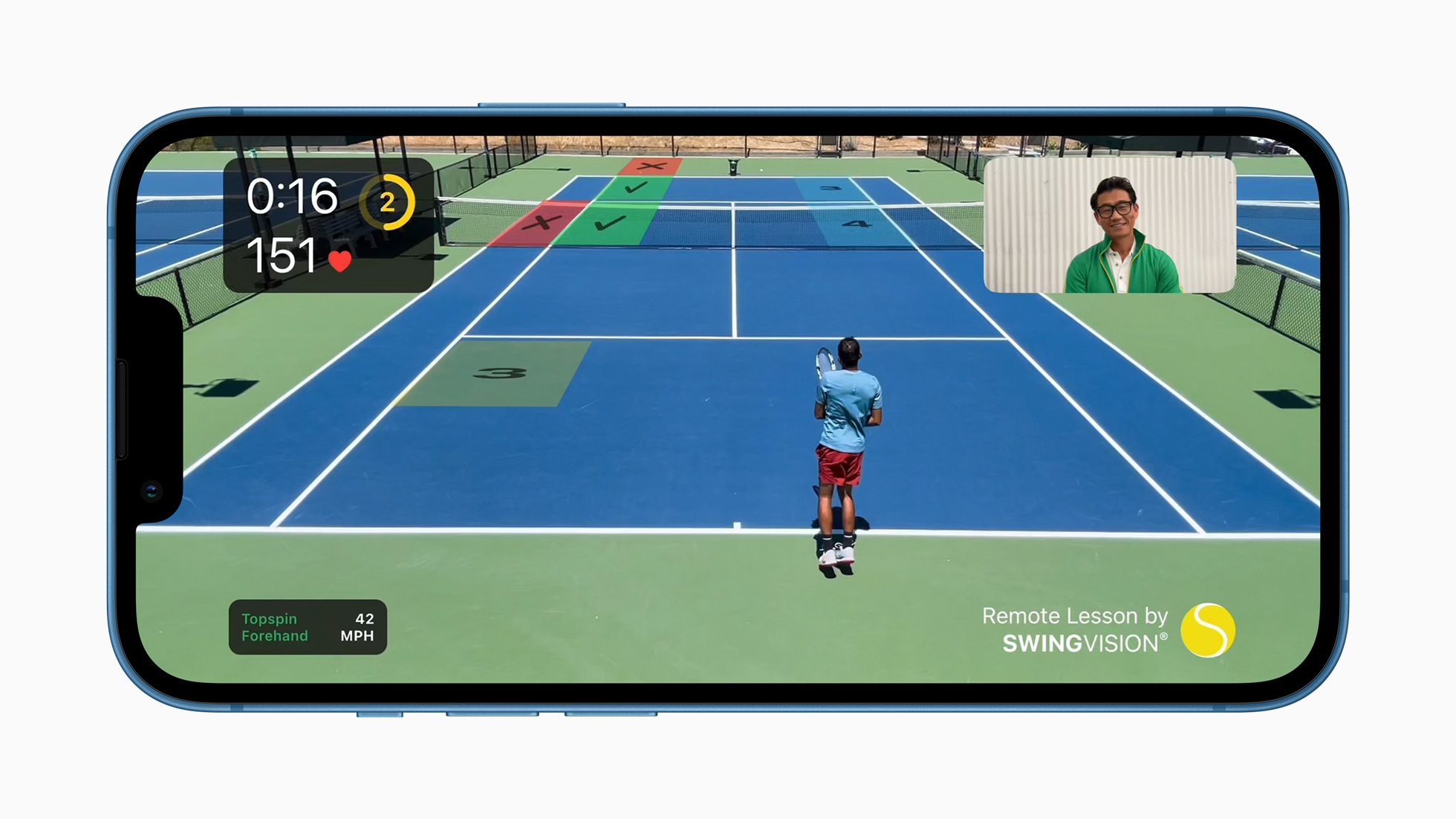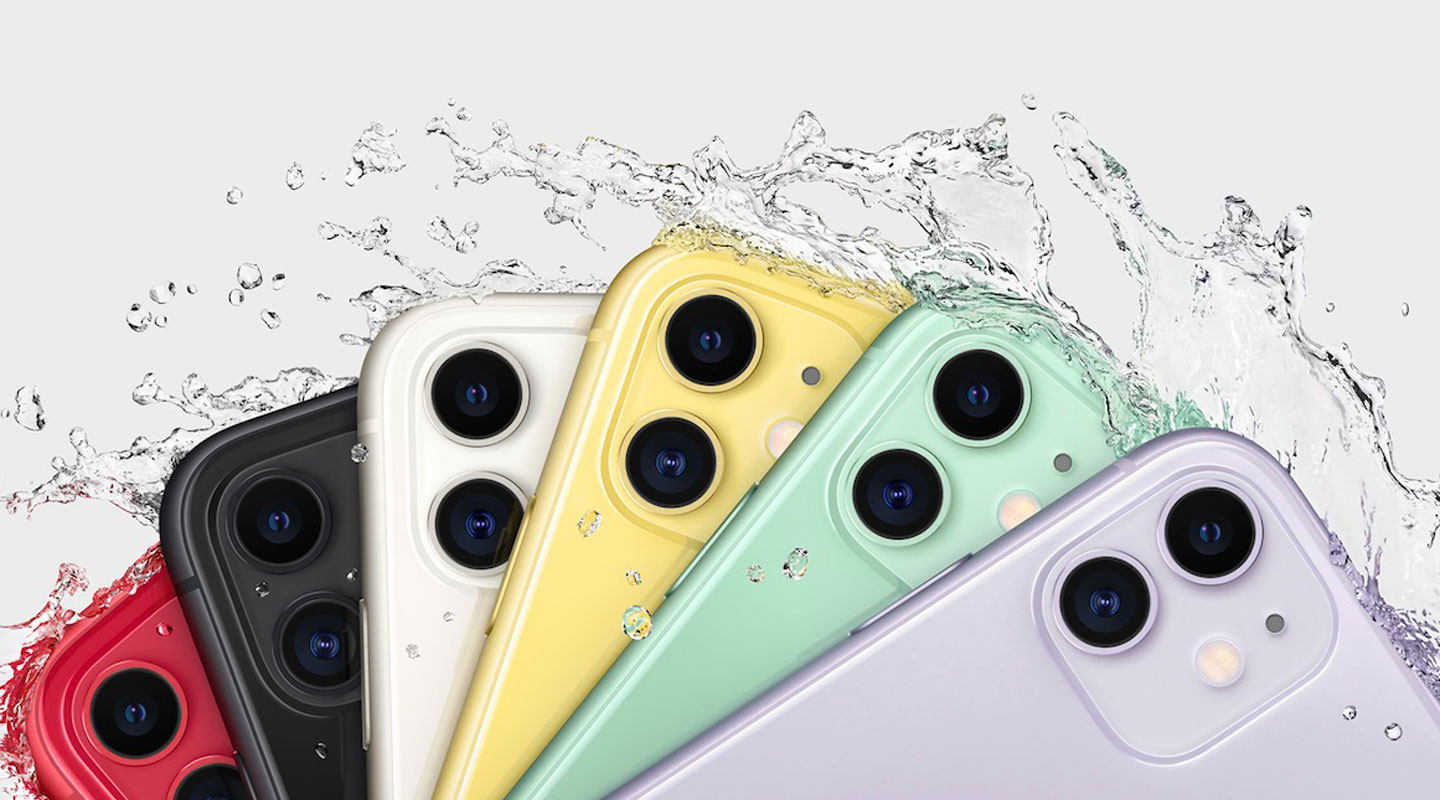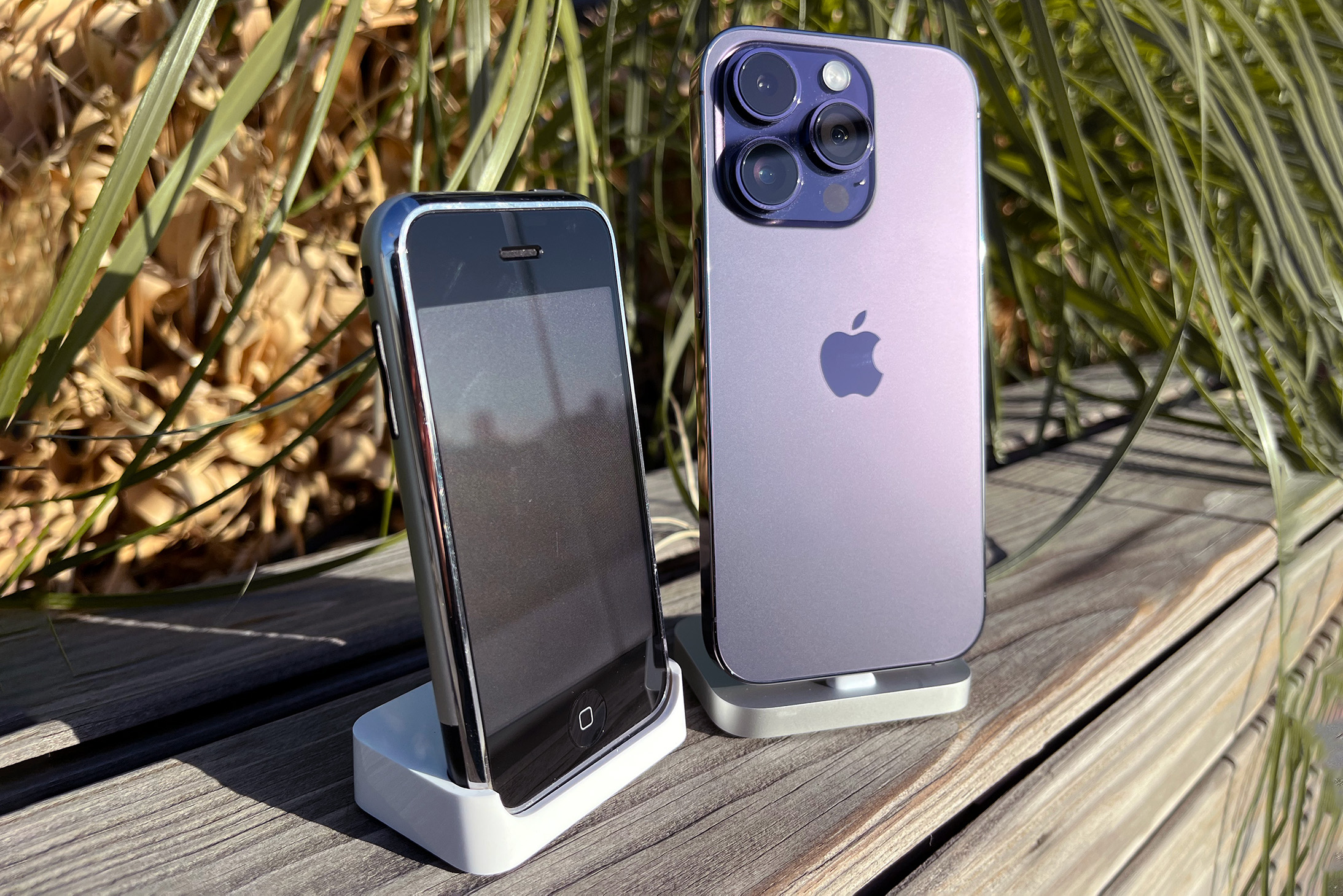
The differences between cutting-edge smartphones from 2007 and 2022 are both bigger and smaller than you might think.
It sounds like overexcited exaggeration to say that you’re holding history in your hands, but it’s absolutely true when it’s the original iPhone from 2007.
With an effortless touchscreen interface controlled using multitouch gestures, which enabled experiences such as desktop-class web browsing while on the go, it was not only radically different from every other phone at the time, it also set the template for most other smartphones that followed it.
As Ben Wood, co-founder of the Mobile Phone Museum (which kindly loaned us an original iPhone from their collection), puts it: “When Steve Jobs walked onto the stage in January 2007 and pulled the iPhone from his pocket, he turned the paradigm of what a mobile phone should be on its head.
“Rather than offering a power- and processing-constrained device, which is what most phones were up to that point, Apple essentially delivered a computer in your pocket with a revolutionary user experience.”
The experience is even more striking when you’re holding the iPhone 14 Pro, one of Apple’s very latest iPhones, in your other hand. There may be 15 years of technological development separating the two, but the sense of continuity is remarkable.
iOS and multitouch
The fundamental elements of the multitouch interface – buttery smooth animation and lag-free responsiveness when scrolling through lists, tapping buttons and pinching to zoom – were designed so well on the original iPhone, that they remain essentially unchanged on the iPhone 14 Pro. This is so core to using an iPhone, that it’s easy to take for it granted.
Of course, there have been numerous additions to the iOS interface since, from notifications and widgets to the App Store and copy and paste.
The iPhone 14 Pro introduces an interface feature intrinsically tied to its hardware – the Dynamic Island. Rather than hiding its face-recognition sensors in the ‘notch’ near the top of the screen, it’s also used as a home for certain controls, notifications and alerts. If you’re an old hand at computing, this Dynamic Island is analogous to the system tray in Windows or to menu bar extras in macOS.
https://youtu.be/XBJ95sF6Usw
With many of these developments, there’s a sense of continuity as Apple lays a foundation and then builds upon it.
Copy and paste, for example, was introduced back in 2009’s iOS 3 (the last version to run on the original iPhone) and worked using touchscreen taps rather than the menus and keyboard shortcuts used by many of its competitors at the time.
With the iPhone 14 Pro and iOS 16, you can now copy text out of photos and videos – and even pets and people out of photos – to paste them elsewhere, from messages to documents.
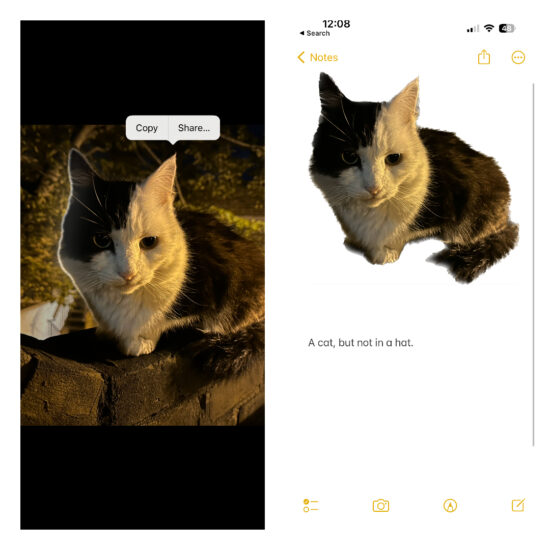
And this works using the same basic set of touchscreen taps introduced on the original iPhone.
Networking and cellular
Wireless networking and mobile data connections have become dramatically faster since 2007, with average speeds roughly 10 times faster than those available to the original iPhone. These quantum leaps in wireless connections didn’t occur in a vacuum.
In the UK, Vodafone has invested both in its mobile network, and in fibre networks for home broadband, to meet the ever-growing public appetite for constant high-speed connectivity. Experiences such as FaceTime video calls, multiplayer gaming tournaments, and backing up precious photos to the cloud, depend on iPhones and connectivity networks that evolve together.
Processors and sensors
As soon as it debuted in 2007, making phone calls was just one of the things that an iPhone could do. Fresh out of the box, you could use the original iPhone to listen to music, watch YouTube videos and check email. With the iPhone 14 Pro and apps from the App Store, you can create your own songs, edit 4K video and play games with console-quality 3D graphics.
All of this depends on the iPhone’s processor, its computational brain if you will. The iPhone 14 Pro’s A16 processor isn’t just several magnitudes more powerful than the off-the-shelf chip in the original iPhone, as you’d expect. It’s also far more power efficient – essential for a mobile device – and custom designed by Apple itself.
